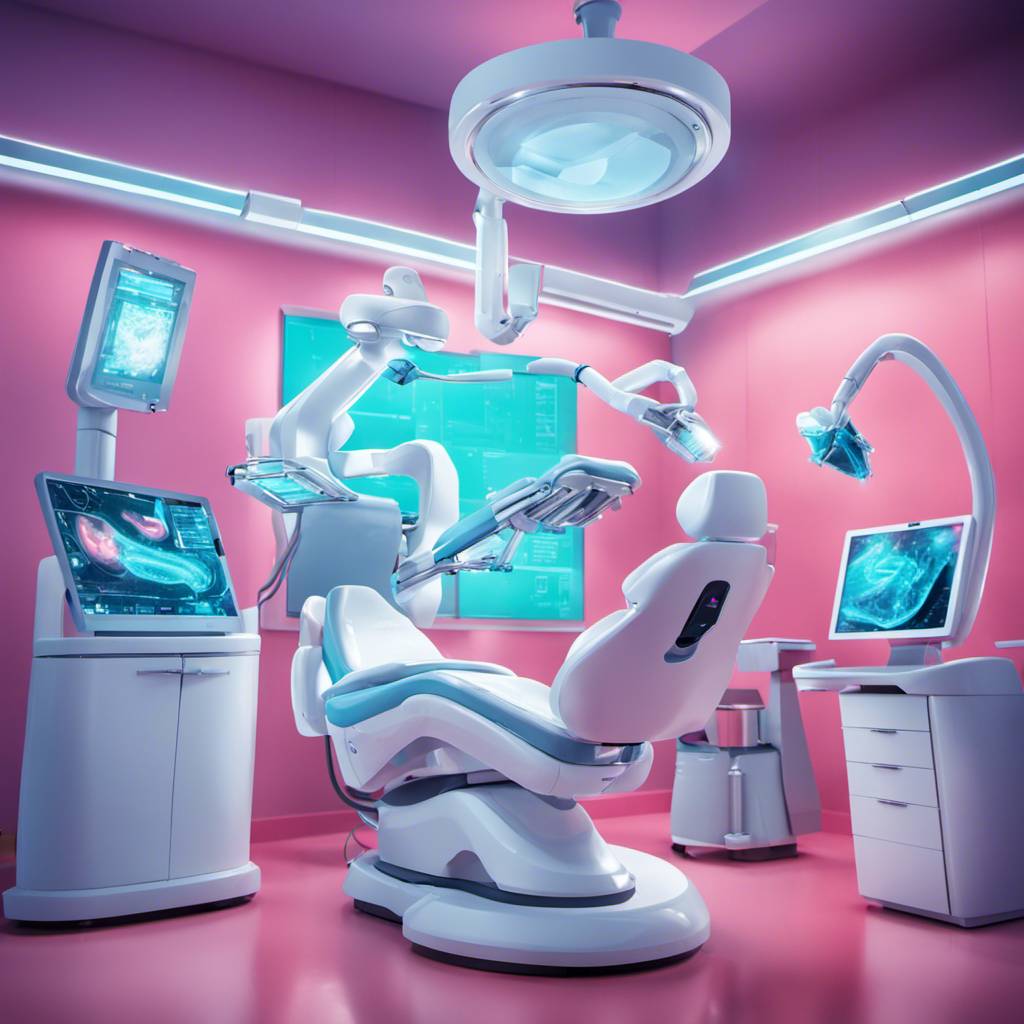In the realm of oral healthcare, the integration of robotics and artificial intelligence (AI) is set to bring about a seismic shift. This revolutionary technology is expected to enhance precision, increase efficiency, and improve patient comfort. The field of robotic dentistry is on the brink of transforming intricate procedures such as tooth extractions, implant placements, and orthodontic adjustments into streamlined processes.
AI-powered diagnostic tools will provide real-time assessments, assisting in accurate treatment planning. Robotic assistants will take on chairside tasks, reducing human error and fatigue. Patient experiences are set to improve with reduced discomfort and shorter treatment durations. Additionally, the integration of teledentistry with robotic capabilities will extend oral care accessibility to remote areas.
However, with these advancements come regulatory and ethical considerations that must evolve alongside the technology to ensure safe and responsible integration of robotics within dental practices.
According to a report by MarketsandMarkets™, the Robotic Dentistry Market was estimated to be worth $0.4 billion in 2023 and is projected to reach $1.0 billion by 2028, growing at a CAGR of 17.3% from 2023 to 2028. Developing countries such as China, India, the Middle East, and other APAC and Latin American countries present a lucrative opportunity for players in the market due to their expanding middle-class population, increasing disposable incomes, and the rising demand for dental tourism.
Standalone robots are forecasted to be the fastest-growing segment in the robotic dentistry market from 2023 to 2028. These robots offer advantages such as increased accuracy and reduced time consumption, making them ideal for minimally invasive surgeries and precise implant placements.
In 2022, the largest share of the robotic dentistry market was held by dental hospitals and clinics. This is due to the large adoption of robotic dentistry at these institutions, coupled with an increase in oral diseases and dental tourism.
Asia Pacific is expected to be the fastest-growing region in the robotic dentistry market during the forecast period. Factors such as a growing geriatric population, increasing dental tourism, rising number of dental professionals, and an increase in dental diseases and implant procedures are driving growth in this region.
Key players in the robotic dentistry market include Planmeca Oy (Finland), Align Technology Inc. (US), Intuitive Surgical Inc (US), DENTSPLY SIRONA Inc. (US), and Envista Holdings Inc. (US). These companies have strengthened their presence in the robotic dentistry market through strategies such as partnerships, acquisitions, and investments.
Robotic systems offer numerous advantages in dentistry. They provide unparalleled precision and accuracy during procedures, reducing human errors and improving treatment outcomes. They can perform repetitive tasks consistently without fatigue, ensuring uniformity and reducing variations in treatment quality.
Robotic systems also enhance diagnostic capabilities through AI-powered tools that enable early detection of oral health issues. This facilitates timely interventions and preventive care. Coupled with teledentistry, robotic dentistry can extend access to dental care in remote and underserved areas.
In addition to these benefits, robotic systems also reduce the physical strain on dental professionals, promote their well-being and longevity in their careers, improve patient comfort, and lead to more predictable treatment outcomes.
The integration of robotics into dentistry also fosters innovation in the field, attracting investment and collaboration between dentists and engineers. AI algorithms can analyze vast amounts of patient data to formulate personalized treatment plans, optimizing results.
Furthermore, robotic systems offer a platform for dental education and training, enabling students to simulate procedures and gain hands-on experience in a controlled environment.
Despite initial investment costs, the efficiency, consistency, and reduced complication rates associated with robotic dentistry can lead to long-term cost savings for dental practices.
In conclusion, the transformative potential of robotic dentistry is set to elevate the quality of oral healthcare delivery significantly. The integration of electronics and programming languages into this field is not only revolutionizing oral healthcare but also driving innovation within the broader electronics industry.
